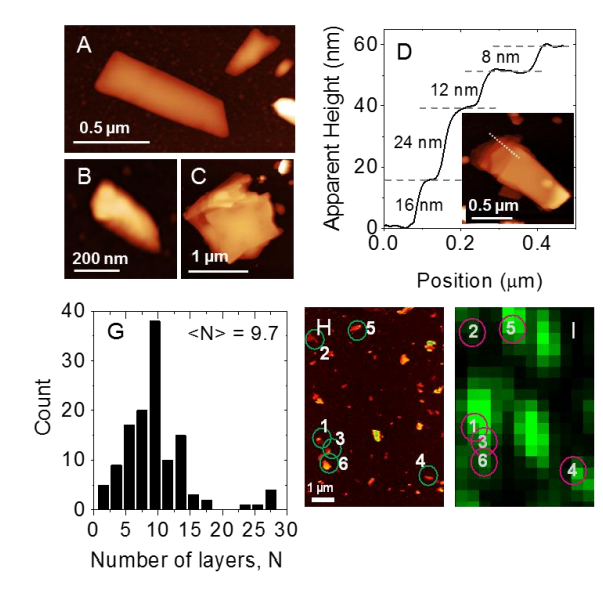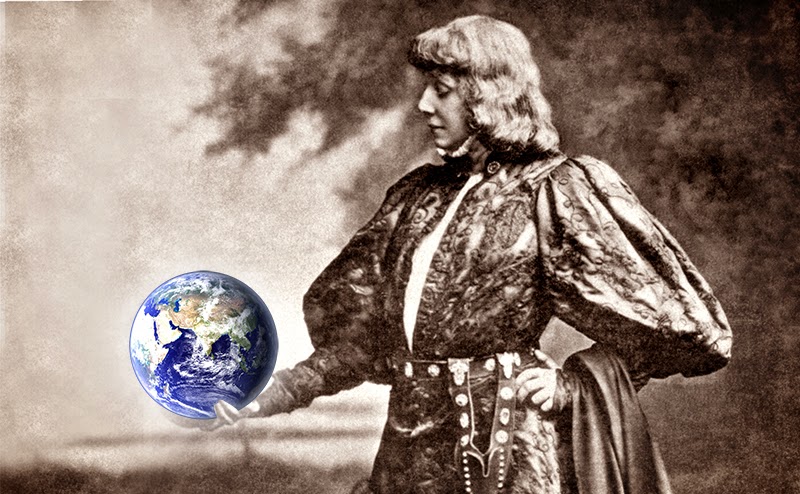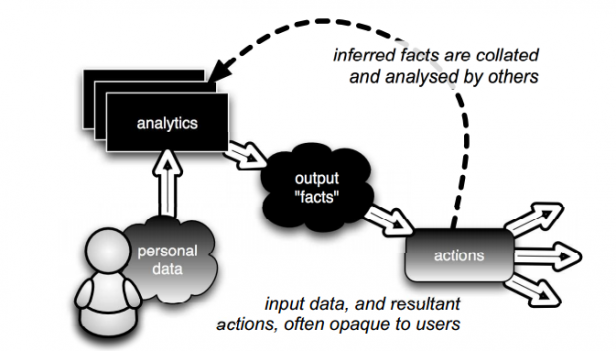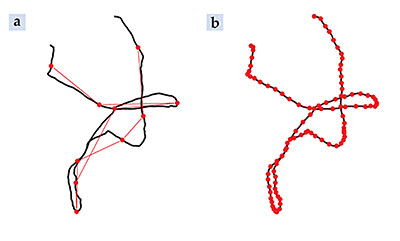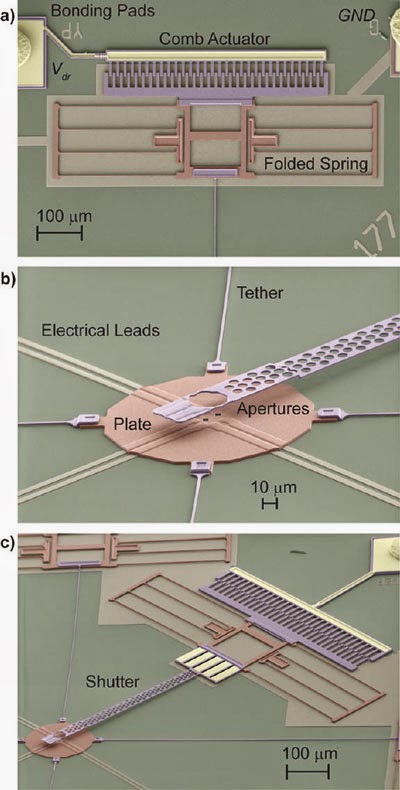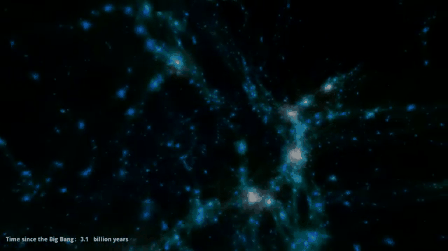 |
| Source of Quote: Brain Quotes |
Topic: Einstein
History note: Today is the actual birthday of Dr. Martin Luther King, Jr. More on that Monday.
Einstein's first paper on the photoelectric effect was received March 18 and published June 9. He proposed, inspired by Max Planck, the idea of light energy in packets, or "quanta."
The Latin phrase annus mirabilis is rightly translated "year of wonders" as well as "year of miracles." 1492 saw the discovery of the West Indies by Columbus and the birth of grammar construction for modern language. 1543: the scientific revolution with Andreas Vesalius, "De humani corporis fabrica" (On the Fabric of the Human Body), and Nicolaus Copernicus "De revolutionibus orbium coelestium" (On the Revolutions of the Heavenly Spheres) in Nuremberg, Germany. It was applied to a poem written in 1667 by John Dryden, commenting on the Battle of Lowestoft fought by English and Dutch ships in 1665; the Four Days Battle of June 1666, and finally the victory of the St. James's Day Battle a month later. The second part of the poem deals with the Great Fire of London that ran from September 2–7, 1666. He wrote this escaping the Great Plague of London at Charlton in Wiltshire. The poem contains 1216 lines of verse, arranged in 304 quatrains. The reference has had many iterations and uses up to and since Einstein. Source: Wikipedia
We are now 110 years from the event that birthed the modern age of physics and technology we now find commonplace enough to take for granted by a guy in a patent office that at the time, didn't feel he was too successful. He would thankfully be proven in this instance quite wrong in his self-assessment.
"Do not worry about your difficulties in mathematics, I assure you that mine are greater."
"It is the supreme art of the teacher to awaken joy in creative expression and knowledge."
Hyper Physics: The Photoelectic Effect
The Library of Congress: The Annus Mirabilis of Albert Einstein
